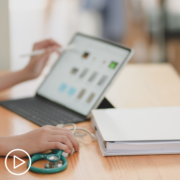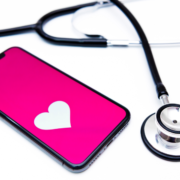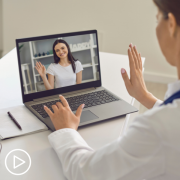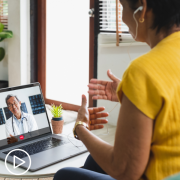How MPN Providers Want You to Prepare for Telemedicine Visits
How MPN Providers Want You to Prepare for Telemedicine Visits from Patient Empowerment Network on Vimeo.
What are some ways myeloproliferative neoplasm (MPN) providers want patients to prepare for telemedicine visits? MPN expert Dr. Jamile Shammo shares advice to avoid common obstacles to optimal telemedicine visits.
See More from MPN TelemEDucation
Related Resources:

Pros and Cons of Telemedicine From an MPN Patient Perspective |
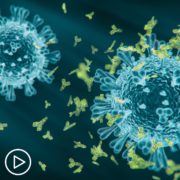
Using Telemedicine to Help MPN Clinical Trial Enrollment After COVID-19 |
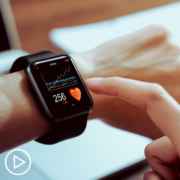
|
Transcript:
Lisa Hatfield:
Do you ever wonder what your doctor wishes you would do before having a telemedicine appointment with them? After all, they are meeting with patients almost daily for telehealth visits so they know what makes a successful appointment. Listen as Dr. Jamile Shammo shares her advice on how to prep to make the most of your time together:
Dr. Jamile Shammo:
When preparing for a televisit, I think it’s so important to know whether or not you would have a connectivity issue. A lot of times, I’m trying to connect with the patient and then we realize that their phone isn’t equipped to handle the televisit and that is kind of disappointing to find that out a minute before you try to connect then that visit becomes a telephone encounter, which is again, less satisfying for some patients. I mean it does the job, but again, it doesn’t provide me with the exam…part of the exam that I’d like to do, at least in that way.
Lisa Hatfield:
If you are unsure on what platform to use for your appointment or if you have to download an application, it is worth asking your care team ahead of time as Dr. Shammo says. Most institutions have a person that can assist you with setup prior to the appointment, especially if it is your first virtual appointment.
Dr. Jamile Shammo:
It would be helpful to make sure that you have a blood draw or if your physician would like to have a blood draw in my case, I always like to have a CBC beforehand or perhaps a chemistry or maybe ion studies or what have you, to have that so that there will be something to discuss. Make sure that your physician has had those results before you have the visit. Sometimes it is also disappointing that the patient thinks I’ve received those results when I actually haven’t and I have no control over that, so that would be the other piece.
Lisa Hatfield:
Take control of your visit by asking staff ahead of time if you can have a blood draw or other testing and that those results are shared with the doctor prior to your visit, that way you can discuss them live. You can typically request this by calling or using a patient communication portal. Just like with in-person visits, have your questions ready or items you would like to talk about in order to utilize your time effectively.
Share Your Feedback:
Create your own user feedback survey


